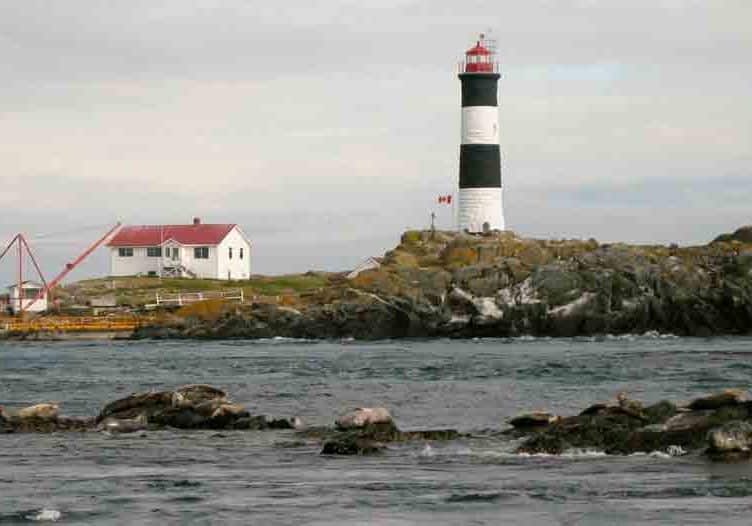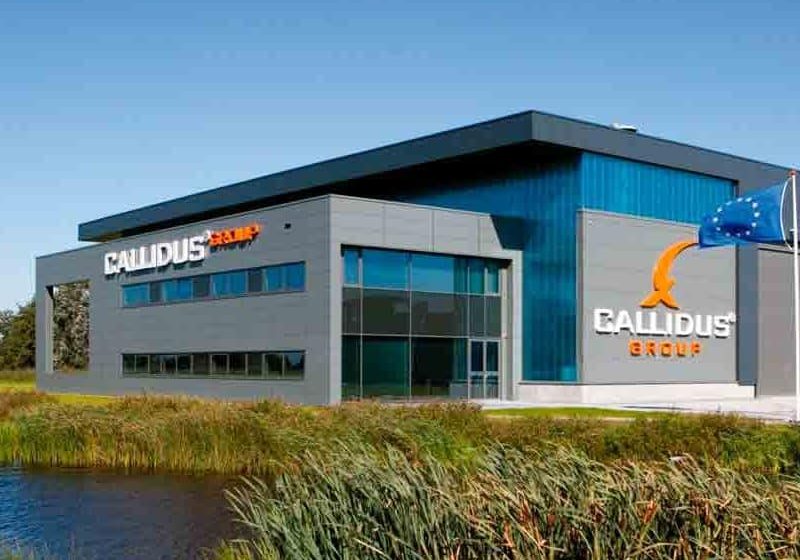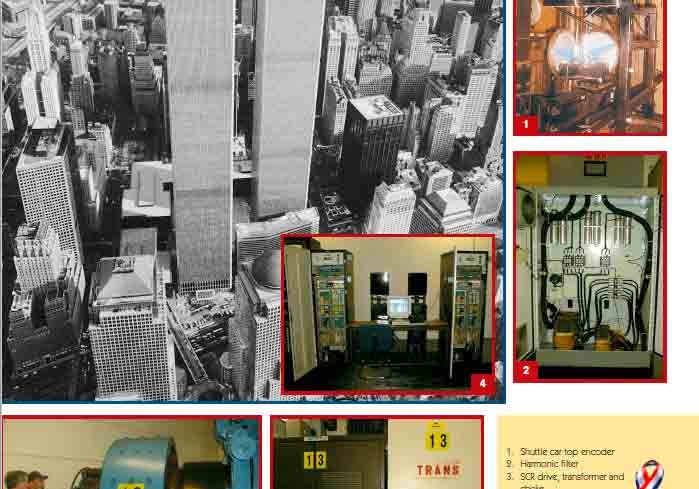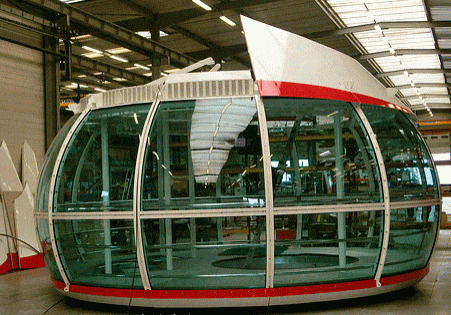Though the agenda for the 62nd-annual National Association of Elevator Contractors (NAEC) Convention in New Orleans (September 11-15) is brimming with activities and events, those attending may find them-selves with some free time and an eagerness to explore “The Big Easy.” With so many unique experiences and attractions to enjoy, visitors may wish to arrive early or stay a few extra days to take in the sights.
Founded in 1718 by the French Mississippi Co. under the direction of Jean-Baptiste Le Moyne de Bienville and named for Philippe d’Orléans, duke of Orléans, regent of France, New Orleans is located in the Mississippi River Delta, on the east and west banks of the Mississippi River and south of Lake Pontchartrain. A major U.S. port and the largest city in Louisiana, “The Crescent City” is well known for its distinct French Creole architecture, as well as its cross-cultural and multi-lingual heritage. New Orleans is also famous for its music, cuisine and annual celebrations, most notably Mardi Gras.
The city’s Central Business District (location of the Hilton New Orleans River-side, the hotel for the convention) is located immediately north and west of the Mississippi River. Known historically as the “American Quarter” or “American Sector,” it includes Lafayette Square. Most streets in this area branch out from a central point in the city. Major streets include Canal Street, Poydras Street, Tulane Avenue and Loyola Avenue. Canal Street functions as a divider between the traditional “downtown” area and the “uptown” area.
The city’s unique architectural styling reflects its multinational heritage. Though New Orleans possesses numerous structures of national architectural significance, it is revered for its largely intact historic-built environment. Twenty National Register Historic Districts have been established, and 14 local historic districts aid in the preservation cause. For much of its history, the city’s skyline consisted mostly of low- and mid-rise structures. The area’s soft soils, susceptible to subsidence, initially raised doubts as to the feasibility of constructing large high rises. By the 1960s, however, the World Trade Center New Orleans and Plaza Tower had been constructed, demonstrating that the soils could support such infrastructure. By 1972, one of the city’s tallest buildings, One Shell Square, had been completed. The economic boom of the early 1980s played a role in defining New Orleans’ skyline with the development of the Poydras Street corridor. Today, the city’s high rises are clustered along Canal Street and Poydras Street in the Central Business District.
Visitors to the area can find entertainment and attractions to suit any interest, from the world-renowned French Quarter and the notorious nightlife of Bourbon Street, to the boutique and antique shops of Magazine Street, to museums, eateries and music.
Housed in the French Quarter are many popular bars and nightclubs. Notable attractions in the Quarter include Bourbon Street, Jackson Square, St. Louis Cathedral, the French Market (including the original Café du Monde) and Preservation Hall. To tour the port, one can ride the Natchez, an authentic steamboat with a calliope, which cruises the Mississippi River the length of the city twice daily. Also located in the French Quarter is the old New Orleans Mint, a former branch of the U.S. Mint, which now operates as a museum, and the Historic New Orleans Collection, a museum and research center housing art and artifacts relating to the history of the city and the Gulf South.
Located in the Warehouse District is the National World War II Museum, dedicated to educating the public about D-Day. Other museums in the city include Con-federate Memorial Hall, housing the second-largest collection of Confederate memorabilia in the world, the Contemporary Arts Center, the New Orleans Museum of Art in City Park, and the Ogden Museum of Southern Art.
The city’s many beautiful cemeteries and their distinct above-ground tombs are attractions in themselves. The oldest and most famous, Saint Louis Cemetery, greatly resembles Paris’ Père Lachaise Cemetery. Many tours of the cemetery and surrounding area (both haunted and historic) are available.
For nature lovers, the Audubon Nature Institute calls New Orleans home. The Institute consists of Audubon Park, the Audubon Zoo, the Aquarium of the Americas and the Audubon Insectarium. In addition, the city has many beautiful gardens, including Longue Vue House and Gardens and the New Orleans Botanical Garden. City Park, one of the country’s largest and most trafficked urban parks, has one of the largest stands of oak trees in the world. In the surrounding areas, many wetlands are in close proximity to the city, including Honey Island Swamp.
Of the numerous celebrations New Orleans hosts, the most popular and well-known is that of Carnival, more commonly known as Mardi Gras. Carnival officially begins with the Feast of the Epiphany, also known as “Twelfth Night.” Mardi Gras (French for “Fat Tuesday”), the final and biggest day of festivities, is the last Tuesday before the Catholic liturgical season of Lent. For those interested in learning more about Mardi Gras, a number of tours and exhibits offer in-sights into its history and a behind-the-scenes glimpse of what goes into designing and creating the parades’ floats each year.
The city’s musical heritage was birthed from its pre-American and early American days from a unique blending of European instruments with African rhythms. Intertwined with European, Latin American and African cultures, New Orleans gave birth to an indigenous music – jazz. The city’s music was later influenced significantly by Acadiana, home of Cajun and Zydeco music, and Delta blues. Later in its musical development, New Orleans became home to a distinctive brand of rhythm and blues that greatly contributed to the growth of rock and roll. Jazz-playing brass bands are a popular attraction that upholds the city’s musical legacy.
From centuries of amalgamation of the local Creole, haute Creole and New Orleans French cuisines, the city’s food is unique for its Louisiana flavor. Specialties include beignets, square-shaped fried pastries similar to doughnuts (served at Café du Monde), po’boy and Italian muffuletta sandwiches, red beans and rice, Gulf oysters on the half-shell, fried oysters, boiled crawfish, étouffée, jambalaya and gumbo. Another New Orleans specialty is the praline, a candy made with brown sugar, granulated sugar, cream, butter and pecans.
Professional sports teams in the city include the 2009 National Football League Super Bowl champion New Orleans Saints, New Orleans Hornets basketball team, New Orleans Zephyrs baseball team and New Orleans VooDoo arena-football league. The Louisiana Superdome is home to the Saints and the Sugar Bowl, and has hosted the Super Bowl six times, an honor it will repeat in 2013.
Those interested in a different type of gaming may want to visit Harrah’s New Orleans Casino in the Central Business District, downtown. Open 24/7, the casino features 104 table games and a 23-table poker room. The Poker Room features several types of games and weekly tournaments.
There are many options available for traversing the city, including by car, the New Orleans Regional Tran-sit Authority bus system and streetcars. Three streetcar lines are active in the city. The St. Charles line is the oldest continuously operating streetcar line in the country and each car is a historic landmark. The River front line runs parallel to the river from Esplanade Street through the French Quarter to Canal Street to the Convention Center above Julia Street in the Arts District. The Canal Street line uses the Riverfront line tracks from the intersection of Canal Street and Poydras Street, down Canal Street, then branches off and ends at the cemeteries at City Park Avenue, with a spur running from the intersection of Canal Street and Carroll-ton Avenue to the entrance of City Park at Esplanade Street, near the entrance to the New Orleans Museum of Art. The city’s streetcars were also prominently featured in the Tennessee Williams play, A Streetcar Named Desire.
If you haven’t realized by now, New Orleans is a city with much to offer, no matter where your interests lie. With rich history and culture, visitors will find plenty to explore and experience. More information can be found at the NAEC Convention website: www.naecconvention.com or the city’s visitors and convention website: www.neworleanscvb.com.
Get more of Elevator World. Sign up for our free e-newsletter.









